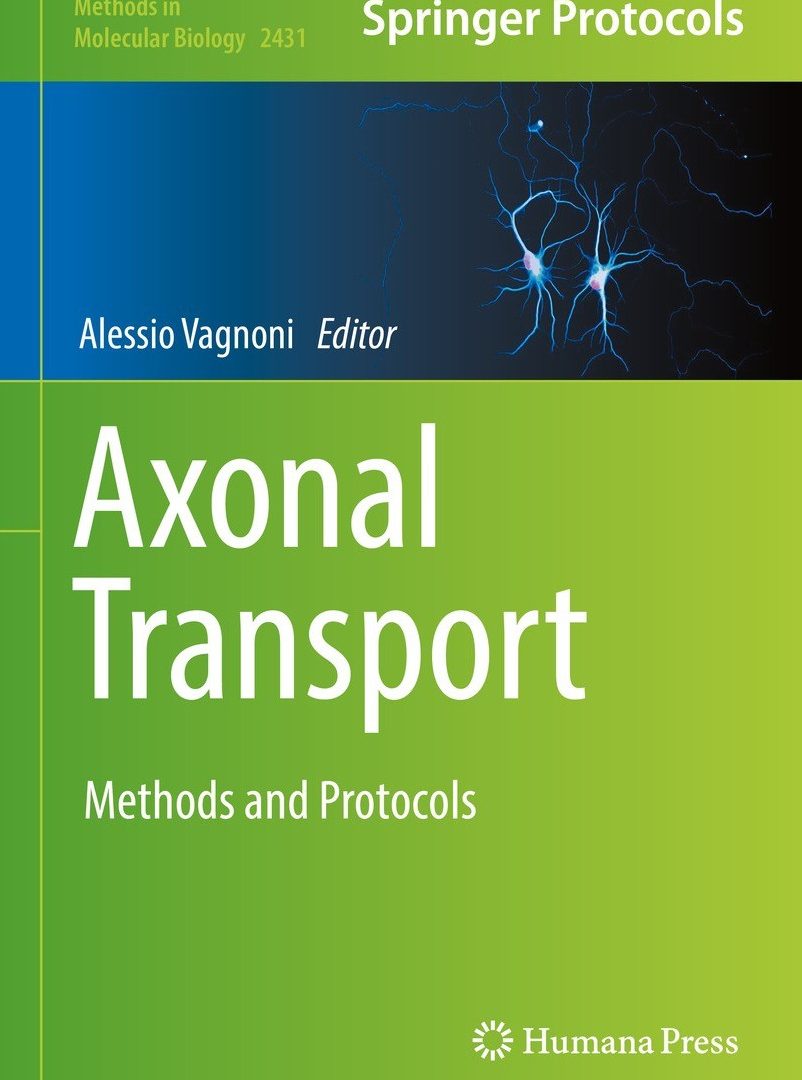Methods Mol Biol. 2022 ;2431 :451-462. doi: 10.1007/978-1-0716-1990-2_24
Caroline Medioni1, Jeshlee Vijayakumar1, Anne Ephrussi2, Florence Besse3
Affiliations
1Université Côte d’Azur, CNRS, Inserm, Institut de Biologie Valrose, Nice, France.
2European Molecular Biology Laboratory (EMBL), Heidelberg, Germany.
3Université Côte d’Azur, CNRS, Inserm, Institut de Biologie Valrose, Nice, France. besse@unice.fr.
Abstract
Dynamic and local adjustments of the axonal proteome are observed in response to extracellular cues and achieved via translation of axonally localized mRNAs. To be localized, these mRNAs must be recognized by RNA binding proteins and packaged into higher-order ribonucleoprotein (RNP) granules transported along axonal microtubules via molecular motors. Axonal recruitment of RNP granules is not constitutive, but rather regulated by external signals such as developmental cues, through pathways yet to be identified. The Drosophila brain represents an excellent model system where to study the transport of RNP granules as it is triggered in specific populations of neurons undergoing remodeling during metamorphosis. Here, we describe a protocol enabling live imaging of axonal RNP granule transport with high spatiotemporal resolution in Drosophila maturing brains. In this protocol, pupal brains expressing endogenous or ectopic fluorescent RNP components are dissected, mounted in a customized imaging chamber, and imaged with an inverted confocal microscope equipped with sensitive detectors. Axonal RNP granules are then individually tracked for further analysis of their trajectories. This protocol is rapid (less than 1 hour to prepare brains for imaging) and is easy to handle and to implement.
PMID: 35412292
DOI: 10.1007/978-1-0716-1990-2_24

